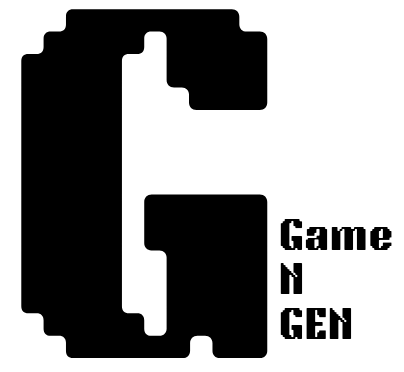Noise Augmentation Effect Calculator for Reinforcement Learning
About This Tool
The Noise Augmentation Effect Calculator helps researchers and developers in reinforcement learning (RL) simulate the impact of noise on frame predictions in game environments. By adding controlled noise to original frame values, you can enhance your RL model's robustness and generalization capabilities.
Real-Life Example: Autonomous Driving
Imagine an RL model trained for autonomous driving. The "frame" could represent sensor data about the car's surroundings. In real-world conditions, this data might be affected by weather, sensor inaccuracies, or other factors. By simulating noise in the training data, we can prepare the model to make accurate decisions even when input data is slightly distorted or imperfect.
How to Use
- Enter the original frame value (e.g., a sensor reading or game state value).
- Input the desired noise level (the amount of random variation to add).
- Click "Calculate Augmented Frame" to see the result.
Who Can Benefit from This Tool?
- RL researchers exploring model robustness
- Game developers implementing adaptive AI
- Data scientists working on noisy time-series predictions
- Robotics engineers simulating real-world sensor inputs
- Students learning about noise in machine learning models
Why Use Noise Augmentation in RL?
Noise augmentation is a powerful technique to improve the resilience and generalization of RL models. By exposing the model to slight variations in input data during training, we can:
- Enhance model performance in real-world, noisy environments
- Prevent overfitting to specific game states or scenarios
- Improve the model's ability to handle unexpected inputs
- Simulate a wider range of possible states without expanding the actual dataset
